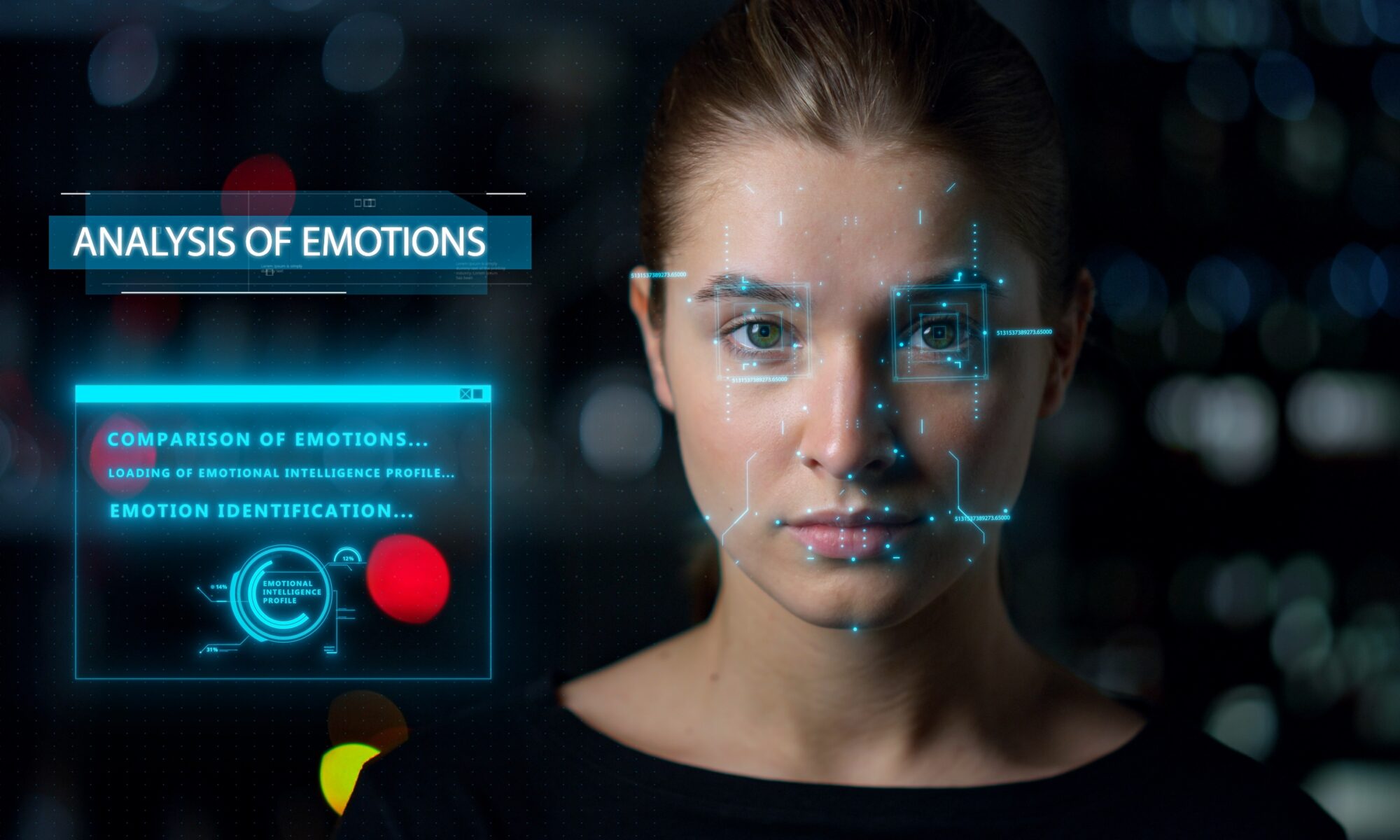Unfortunately, the facts and myths about the ‘Facial Emotion State’ method, which has come to the forefront among neuromarketing methods in recent years, are confused with one another. As in every field of neuromarketing, there are information and perception inaccuracies in this field, and the method is applied and defined in different ways.
Let’s look at the characteristics of a correct ‘Facial Emotion State’ analysis carried out within the limits of real science;
- The most striking feature of physical and neurological research is that it can measure the emotional response of consumers to marketing arguments, brands, and products within the limits of scientificity. It is the emotional dimension that drives the behavioural dimension in the communication that brands establish with their customers. A correctly performed Facial Emotion State analysis, which comes into play here, gives the emotional dimension of the brand within the limits of scientificity with 95% reliability rate.
- In Facial Emotion State analysis, the emotions of people against any stimulus are analysed by reflecting the responses from the central and autonomic nervous systems to the outside with the movements of the facial muscles. It provides enriched perceptions by observing the body’s reactions to instant stimuli and revealing emotions by monitoring facial expressions, which is a means of communication.
- Participants involved in the analysis are identified by the system and their feelings towards each stimulus are given based on the emotions test.
On the other hand, in an accurate ‘Facial Emotion State’ study performed in conjunction with constant EEG, the body’s reactions to instant stimuli are observed in addition to measuring brain waves, and involuntary emotions are revealed by monitoring facial expressions, which are a means of communication, and more enriched perceptions are obtained. In the Facial Emotion State method, which is performed in conjunction with constant EEG, brain wave activity and the identification of facial expressions are recorded and evaluated synchronically. With this technique, a camera image-based analysis of facial expressions is performed and the basic emotions of the participants such as happiness, sadness, anger, surprise, fear, confusion, and hatred are determined on a millisecond scale. Since EEG receives the responses of the cortex, a match can be made with the responses received from the face. For example, when a person gets angry while watching something, he/she can also express this emotion with a sarcastic smile. Then, if EEG is used, with the precise responses from the brain, it is clear whether this is anger or whether it is really laughter.
We say: “The reliability rates of so-called Face Recognition studies, which are carried out without adhering to the above facts, are low and misleading when only facial muscles are recorded without using individualisation or EEG.”



